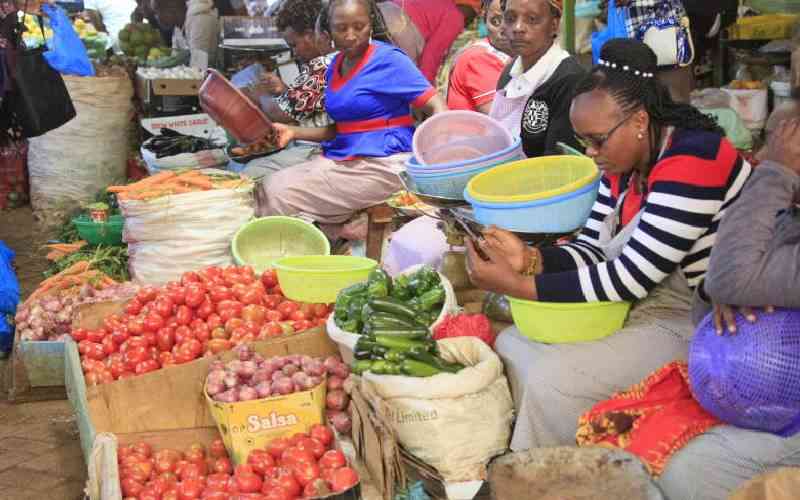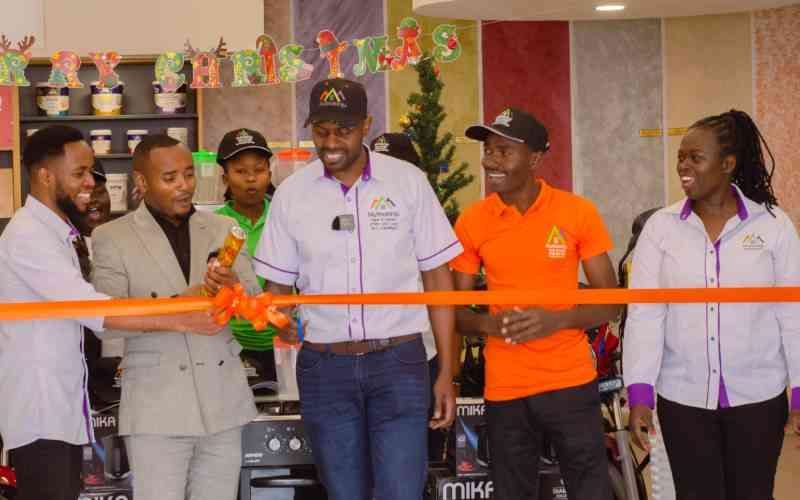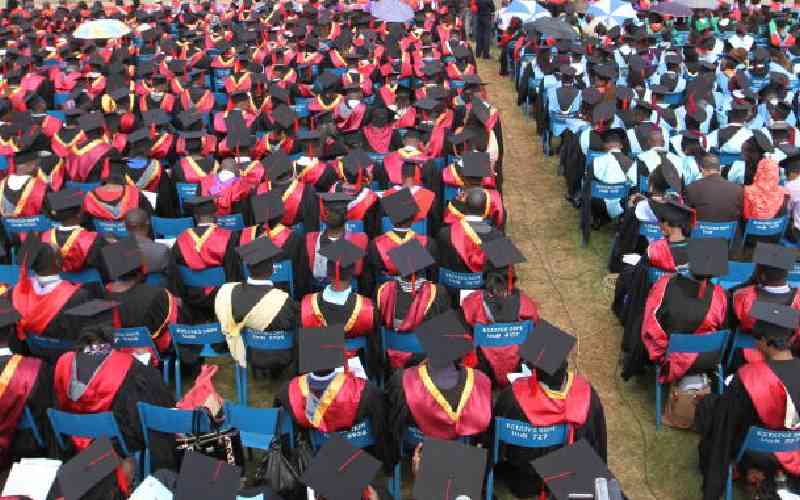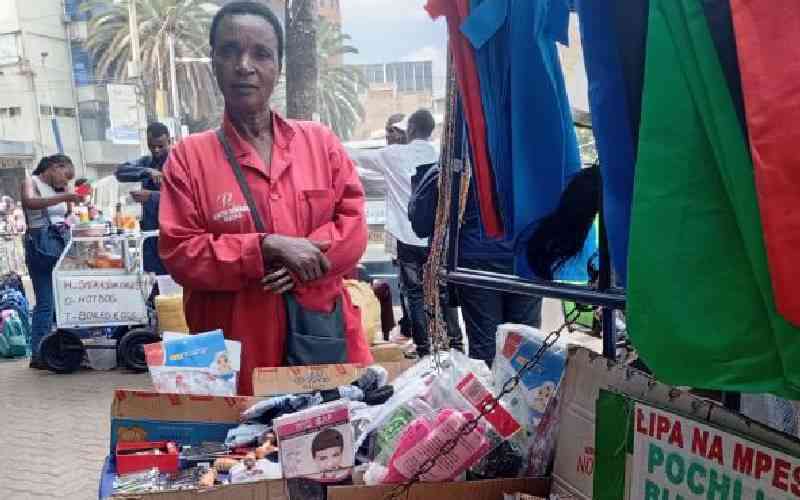Maasai pastoralists have found an innovative way to generate biogas: using animal blood and waste from the Keekonyokie slaughterhouse.
According to project leader Michael Kibue, the group of 320 pastoralists anticipates that by March this year they would be selling their Keeko Biogas in 6 kilogramme cylinders. Each should cost around Sh700, half the cost of conventional liquefied (LP) petroleum gas.
The slaughterhouse can afford to sell its biogas so cheaply because, with an average 120 cows and 400 sheep and goats slaughtered daily, “raw input is assured and at zero cost,” he said. Even pumping the gas into cylinders costs nothing, Mr Kibue adds, because it’s powered by the slaughterhouse’s own biogas.
The fuel is also hotter than LP gas “and it is highly combustible, so it allows you to cook faster”, said Erastus Gatebe of the Kenya Industrial Research and Development Institute (KIRDI), which provides technical support on the Keeko Biogas project. Gatebe said biogas can be as much as 30 to 40 per cent more energy-efficient than propane or butane.
The facility in Kajiado County uses the gas it produces to generate electricity that powers the meat cold room and processing equipment. It also pipes the gas to local hotels, while the slurry becomes fertiliser for grazing pastures.
The Maasai hope to take the project a step further and become the first group in the country to package the alternative fuel into cylinders - and finally make it mobile.
Before it started producing biogas in 2005, the Keekonyokie plant was spending Sh36,000 every week on waste disposal in order to meet standards set by the National Environmental Management Authority (NEMA). By generating fuel from its waste and selling what biogas it doesn’t need, the slaughterhouse can now expand its revenue base beyond the sale of meat.
biogas digesters
Currently the facility, which sits on 4 acres of land, is capable of generating enough biogas in a day to fill one hundred 6 kg cylinders. According to KIRDI’s Gatebe, if the slaughterhouse upgrades its facilities with secondary biogas digesters it can generate three times that amount.
The Kenya Climate Innovation Centre, a World Bank initiative, is providing funding to help with the upgrade. Kapunei Ole Tunda, chairman of Keekonyokie slaughterhouse, sees environmental as well as economic benefits in selling biogas in cylinders. He believes the venture could help save the trees in and around Maasai villages.
“We cut down a lot of trees for charcoal and we hope to reduce that, since they keep our air clean,” he said.
According to Kibue, buyers have already begun making enquiries about the cylinders of Keeko Biogas. Two women’s groups have expressed interest in the product, including one in Nairobi’s Kibera slum that makes yoghurt and wants to cut its energy expenses.
John Maina, the principal renewable energy officer at Kenya’s Ministry of Energy and Petroleum, said the Government supports ventures such as Keeko Biogas that reduce the amount of methane escaping into the atmosphere. - Reuters
 The Standard Group Plc is a multi-media organization with investments in media
platforms spanning newspaper print operations, television, radio broadcasting,
digital and online services. The Standard Group is recognized as a leading
multi-media house in Kenya with a key influence in matters of national and
international interest.
The Standard Group Plc is a multi-media organization with investments in media
platforms spanning newspaper print operations, television, radio broadcasting,
digital and online services. The Standard Group is recognized as a leading
multi-media house in Kenya with a key influence in matters of national and
international interest.
 The Standard Group Plc is a multi-media organization with investments in media
platforms spanning newspaper print operations, television, radio broadcasting,
digital and online services. The Standard Group is recognized as a leading
multi-media house in Kenya with a key influence in matters of national and
international interest.
The Standard Group Plc is a multi-media organization with investments in media
platforms spanning newspaper print operations, television, radio broadcasting,
digital and online services. The Standard Group is recognized as a leading
multi-media house in Kenya with a key influence in matters of national and
international interest.









